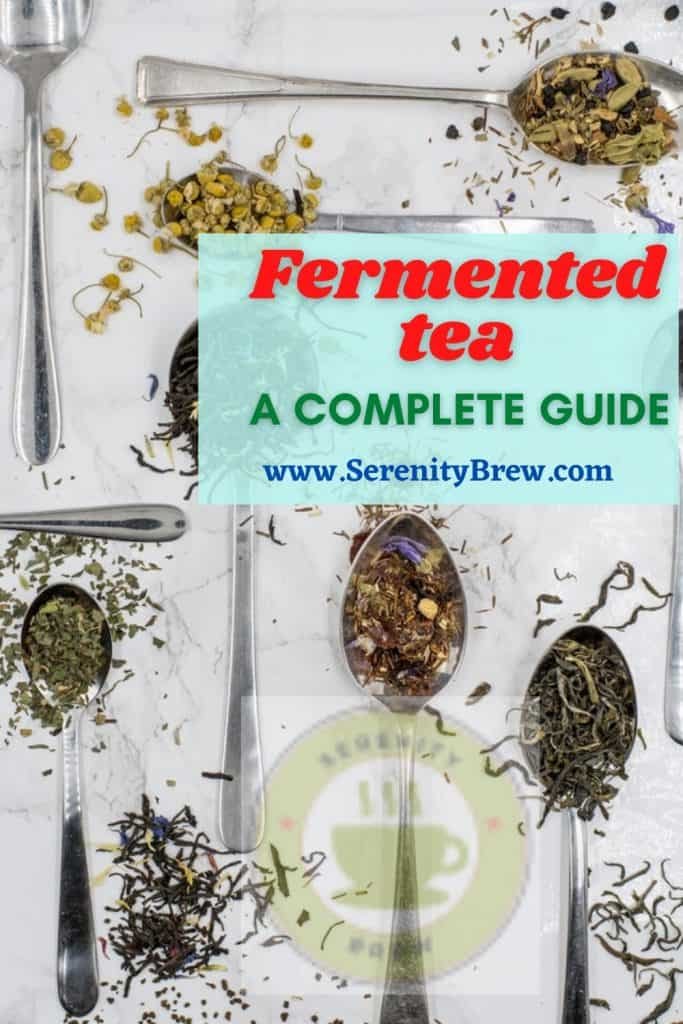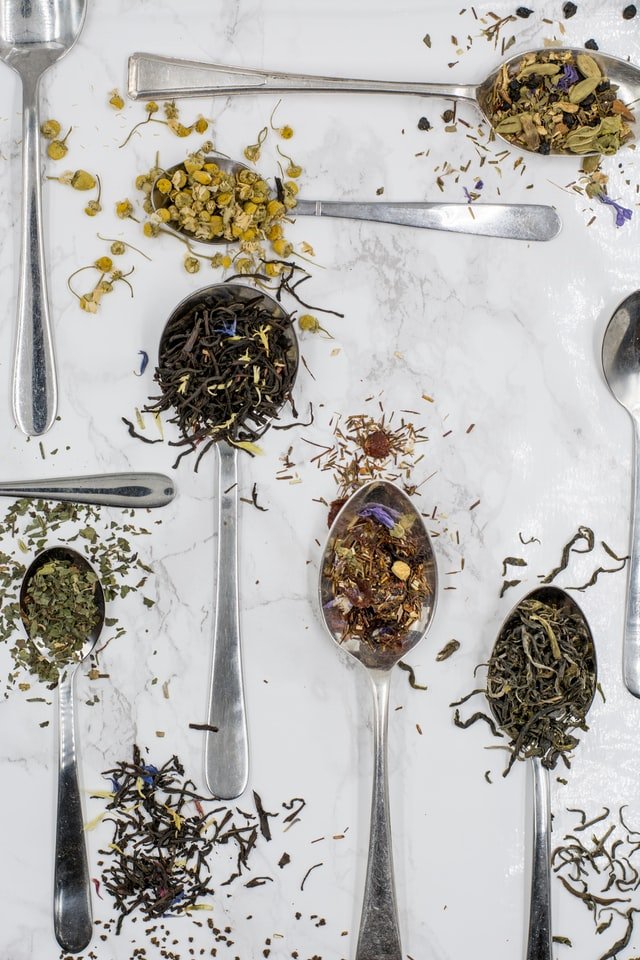
Have you ever heard of fermented tea? The truth is that, although it sounds a bit strange, almost like talking about a yogurt, fermented tea has been around for several centuries and, in fact, it may be closer to you than you think, you just never knew what it was a fermented tea.
Surely, you are frowning and wondering if that cup of tea you drank today is fermented or not. Don’t worry, we will clear up all your doubts, including what is a fermented tea, what are the main varieties and what health benefits do they have.
What is a fermented tea?
Basically, a fermented tea is what you imagine: a variety of tea that has undergone an aging process during which fungal fermentation occurs. Thus, a different flavor, aroma and properties are obtained.
In fact, the longer the fermentation time, always speaking of controlled conditions so that the tea evolves favorably, the more complexity and nuances the tea will acquire. The natural fermentation process modifies not only the astringency, but also the texture, flavor and aromas.
The history of fermented teas
As is often the case whenever we talk about the history of tea, much of the information is more of a legend than a documented history.
In this case, the legend takes us to the times of the ancient tea route, a time when tea was as valuable as porcelain or silk.
In those times, Chinese tea producers began to trade their production with the population of Tibet, who saw tea as one of the bases of their diet. The trade route, which linked not only these two countries but all those in the region through multiple paths, was long and very dangerous.
The porters carried bricks of different kinds of tea on their backs and carried them with sweat and effort to the buyers.
Now what does this have to do with fermented tea? Legend has it that one day a storm soaked the porters to the bone, soaking the tea bricks as well.
Being these wet, the first populations rejected them. However, the porters continued on their way in search of buyers until they found them.
Some very distant populations suffered at that time from a terrible outbreak of dysentery and, in addition, lack of food. Desperation made them accept the damaged tea and what was their surprise when, after drinking it, they improved.
Thus, fermented tea was born, no longer as a “ruined tea” but as a variety that was worth producing due not only to its taste but also to its beneficial properties for health.
The different varieties of fermented tea
As you can imagine, there is not a single variety of fermented tea but several. Perhaps the best known is pu-erh or red tea. However, goishicha, batabatacha, Hunan Hei Cha, Sichuan Hei Cha, Lu An, and Guangxi Liubao are also fermented teas. Let’s discover them.
Pu-erh or red tea
When we talk about pu-erh it is necessary to take into account a couple of characteristics. Among them, if we refer to a young or aged tea. The young red tea is fermented and consumed after the process. However, the matured pu-erh or pu-ehr shu, after fermentation, as if it were a wine, is stored and left to age.
This tea undergoes a stack fermentation process called Wodui. The truth is that it is a well-kept secret, because there is not much information about it. What is known is that, after fermentation, the leaves acquire a darker reddish hue and a more earthy and smooth flavor, with a denser texture.
Of course, the pu-erh will have a different flavor, aroma and texture depending on the quality of the leaves used. As long as the fermentation process is not altered by external agents, the final result will be a tea of great complexity and highly valued by experts.
goishicha
This variety of bancha is made in the city of Ōtoyo, in Japan. Although it is considered a green tea, it does not look like one. In fact, its leaves look more like small black stones.
It is a curious and strange tea that is subjected to a double fermentation process. The leaves are first steamed and then stacked in a temperature and humidity controlled room where they start fermentation by molds.
Later, the leaves are sprinkled with the juice released during steaming and compressed into barrels. Thus, lactic acid begins the second fermentation that will result in a tea with a characteristic bitter taste. After fermentation, the compressed leaves are cut into blocks to obtain small stones and dried in the sun.
Batabatacha
This tea is produced in Asahi, Japan, and belongs to a group of teas called furicha. It is a black tea that is made with the ripe leaves of July and August.
After harvesting, they are boiled until they have a yellowish color. Wet, they are spread out on a straw mat and dried in the shade. Then, they are stored in a large wooden box where they are compressed and subjected to a temperature of 60 ° C. Thus, the koji mold begins its work.
After four days, the leaves decompress. To finish the process, the leaves are dried for another half day in the shade and, finally, two days in the sun.
Hunan Hei Cha
Originally from Hunan, China, the leaves are roasted over a fire and then go through a withering process after which they are pressed by hand. This compression initiates fermentation, giving rise to a complex tea, with notes of tobacco and umami.
There is very little information about the Sichuan Hei Cha and Lu An varieties, but it is believed that their manufacturing process is similar to that used for Hunan Hei Cha.
Guangxi Liubao
The leaves are collected and stacked to be subjected to high humidity for a controlled time while being sprinkled with water. The stacks are covered with blankets to maintain humidity and heat. Once the desired flavor and aroma have been obtained, the leaves are dried and packaged.
Health benefits

Briefly and widely, fermented teas are believed to provide vitamins, minerals, protein, and amino acids to the diet. In addition, they would collaborate in weight loss and would favor digestion.
On the other hand, antioxidant properties are attributed to them; that is, they would fight free radicals to prevent premature aging and the development of degenerative diseases.
It is also considered anti-inflammatory, so it would help relieve discomfort caused by menstrual cramps, migraine or discomfort after physical exercise, and diuretic, which is why it would serve to eliminate excess fluids.
Has your curiosity piqued? Do you feel like trying a fermented tea? Or do you drink one regularly and did not know about this process? Be that as it may, take advantage of its benefits for health and its special nuances. They are, without a doubt, a true caress for the palate.
